 | |
| Image: Heron and Crane |
Yuri Norstein is widely regarded as one of the most innovative animators of all time. Born in Russia in 1941, his family were evacuated during WWII and taken to Moscow in 1943. Having studied at art school, Norstein initially found employment in a furniture factory before embarking on a two-year course attached to the state animation studio, Soyuzmultfilm, where he took up full time employment in 1961. Norstein had little interest in the type of cartoons being produced there, but during his time at the studio, he discovered the films and writings of Sergei Eisenstein, which had a profound influence on him and inspired his own directorial ambitions. While at the studio, he also met his future wife and creative partner, Francesca Yarbusova, with whom he collaborated on many of his films.
Norstein worked as an animation artist on some 50 films before directing his first film in 1967, the little seen
25th, the First Day, which referenced his other passion, early twentieth century avant-garde painting. 'The painters of that period [1910-1920] enabled me to see the immense artistic potential of animation', he explains. To sense the graphic aesthetic. Through this project I discovered that animation is plastic time. This influenced all my subsequent work and I learned another lesson from this film: never make a concession if it goes against your conscience'.
Norstein certainly held fast to his word, running foul of the authorities on numerous occasions throughout his working life. His next film,
Heron and Crane (1974), was based on a Russian fairytale. Together with Yarbusova and Norstein's other regular collaborator, cameraman Alexander Zhokovsky, the three invented a machine which allowed them to animate on layers of glass. The film was originally banned by the censors, but was eventually released after much lobbying from veteran animator Fedor Khitruk. Norstein's next film,
Hedgehog in the Fog (1975) also ran into strife when he fell horribly behind schedule. On the day he was supposed to submit the completed film, only 20 per cent of it was finished. Norstein showed what he had to the Communist Party representatives gathered and they were impressed enough to allow him to continue working and complete his film.
 | |
| Image: Hedgehog in the Fog |
Tale of Tales (1979) is widely regarded as Norstein's masterpiece and is the result of his third collaboration with Yarbusova and Zhokovsky, who photographed houses and old cars in the Moscow neighbourhood where Norstein had grown up. Again, the film was originally rejected by nervous censors, who forced him to rename the film he had originally entitled
There Will Come a Little Grey Wolf. The new title came from a phrase in a Turkish poem written by Nazim Hikmet that Norstein happened to like and which he proposed to the censors on the spur of the moment. In 1984, an international panel of animation experts proclaimed
Tale of Tales the best animated film of all time. In 1995 Norstein was awarded the Russian Independent Triumph Award, which acknowledges 'the highest achievements in art and literature'.




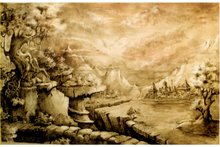
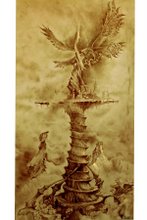
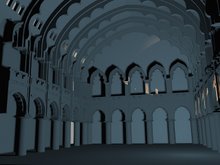
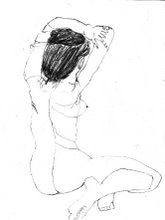
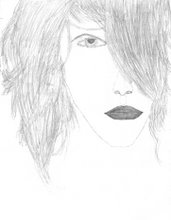
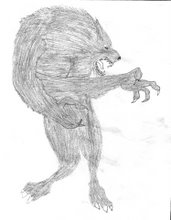

No comments:
Post a Comment